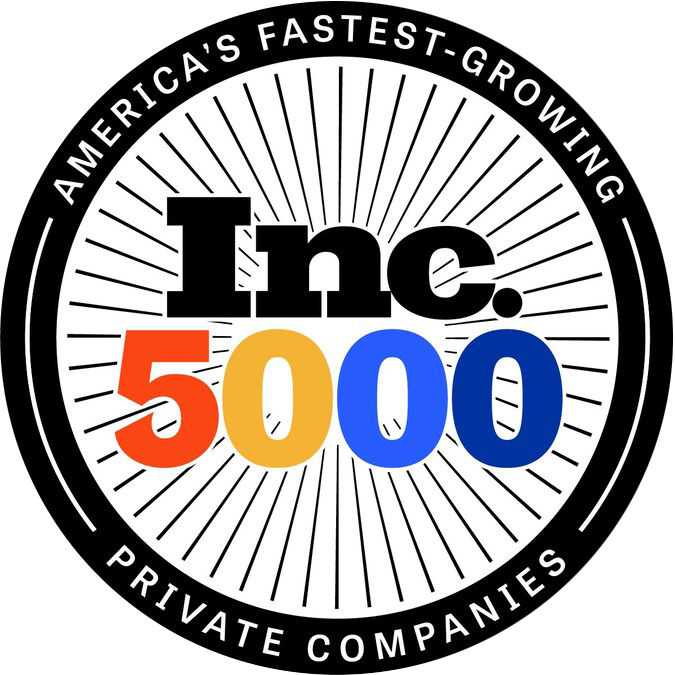IMPROVE YOUR FOOD & BEVERAGE BUSINESS TO THE TOP OF GOOGLE LISTINGS WITH US JOIN OUR SATISFIED CLIENTS WHO HAVE SEEN REMARKABLE GROWTH.

Effective Marketing Strategies for Food Products
Discover proven strategies for marketing your food products and reaching a wider audience. By leveraging SEO, enhancing user experience, utilizing PPC advertising, and engaging in social media marketing, you can significantly boost your online presence and attract more customers.
The Internet offers an invaluable platform for connecting your business with its target audience, and a well-crafted digital marketing strategy is essential to maximizing that potential. For food and beverage manufacturers, mastering the art of food product marketing is crucial to success.
When developing a marketing plan for your food products, you’ll encounter a wide range of channels and strategies. Each has its own unique advantages, but with so many options, it can be challenging to identify which ones will work best for your business.
In this article, we’ll explore four of the most effective food marketing strategies and how you can use them to promote your products. You’ll also learn why these methods are particularly effective in the food and beverage industry.
P.S. If you need assistance with marketing your food products, Stratedia offers tailored digital marketing services and a team of experienced specialists. Reach out to us today at 860-415-0340 or contact us online to learn more
1. Search Engine Optimization (SEO)
One of the most effective strategies for marketing food products is search engine optimization, or SEO. This process enhances your website’s visibility in search results for relevant keywords, helping you attract more visitors.
Many businesses aim to rank on the first page of search results because 75% of users don’t look beyond the first page. If your site isn’t there, you could be missing out on valuable leads.
Here are some tips for utilizing this food marketing strategy:
Incorporate Keywords
The first step to improving your site’s ranking is selecting the right keywords. Keywords are crucial in determining when your business appears in search results. Conducting thorough keyword research will help you identify the most relevant terms for your business.
It’s essential to focus on long-tail keywords, which are more specific phrases like “organic honey sticks in Harrisburg, PA.” These keywords typically have less competition and higher relevance, making it easier to connect with your target audience.
When users search for specific products, they’re more likely to use long-tail keywords. For example, someone searching for “organic honey sticks in Harrisburg” is more likely to be looking to buy, compared to someone searching for “honey sticks.”
By using long-tail keywords, you can attract more qualified traffic and improve your site’s ranking. Remember to integrate these keywords naturally into your content, such as in headings, titles, meta descriptions, and body text, without overstuffing.Build Quality Links
Another critical aspect of SEO is link building, which helps establish your site’s authority. Backlinks from reputable sites signal to search engines that your content is trustworthy and valuable. This, in turn, can boost your rankings.
The best way to earn backlinks is by creating high-quality content. When you produce informative and engaging content, other websites and bloggers may link to your pages as a resource. Building relationships with industry influencers and editors can also help you secure more backlinks over time.
2. User Experience (UX)
When optimizing your site, it’s vital to prioritize the user experience. A positive user experience keeps visitors on your site longer and encourages them to explore more content.
Improve Page Speed
One key factor in UX is page speed. Users expect websites to load quickly, and if your pages are slow, visitors are likely to leave and choose a competitor instead. This can increase your bounce rate, which negatively impacts your search rankings.
Tools like Google PageSpeed Insights can help you identify areas where you can improve your site’s speed. If this seems overwhelming, consider investing in page speed optimization services from a digital marketing agency.Focus on Design
First impressions matter, so your website’s design should be clean, modern, and reflective of your brand. An outdated or unattractive design can deter potential customers and damage your credibility. Ensure your design is user-friendly and aligns with your overall branding to create a positive experience for visitors.
3. Pay-Per-Click (PPC) Advertising
Another powerful food marketing strategy is pay-per-click (PPC) advertising. PPC ads appear at the top of search results, above organic listings, and are labeled with a small “Ad” tag.
Keyword Targeting
Similar to SEO, PPC relies on keyword targeting. Focusing on long-tail keywords can help you attract more qualified traffic at a lower cost. After selecting your keywords, you’ll bid for ad placement based on a cost-per-click (CPC) model, where you only pay when someone clicks on your ad.
PPC is a cost-effective way to connect with potential customers actively searching for your products. It allows you to control your budget and spend only on ads that generate clicks.Budget Control
One of the advantages of PPC is that you have complete control over your budget. You can set a spending limit that fits your business, ensuring you don’t exceed your budget. PPC is flexible, allowing you to adjust your bids and strategies as needed to maximize your return on investment.
4. Social Media Marketing
Social media platforms offer valuable opportunities for food and beverage companies to connect with their audience and build brand loyalty. Platforms like Facebook, Twitter, Instagram, Pinterest, and LinkedIn enable you to share content, engage with followers, and drive sales.
Visual Content
Social media is perfect for sharing visually appealing content that showcases your products. Photos of your food products, behind-the-scenes looks at your manufacturing process, and videos demonstrating how to use your products can all help engage your audience and build interest in your brand.
Engagement
Social media also allows you to interact directly with your customers, answering their questions, responding to feedback, and building relationships. This engagement helps foster brand loyalty and encourages customers to choose your products over competitors.
Looking to Elevate Your Food Product Marketing?
If you’re eager to connect with more customers through digital marketing, Stratedia is here to assist. As a full-service digital marketing agency, we have years of experience crafting successful marketing strategies for food products.
We’ll leverage our expertise to design a custom plan that aligns with your specific needs and goals.
Ready to start driving more sales and leads for your business? Reach out to us online or call us today at 860-415-0340 to speak with a strategist about your food product marketing. We’re excited to partner with you!










